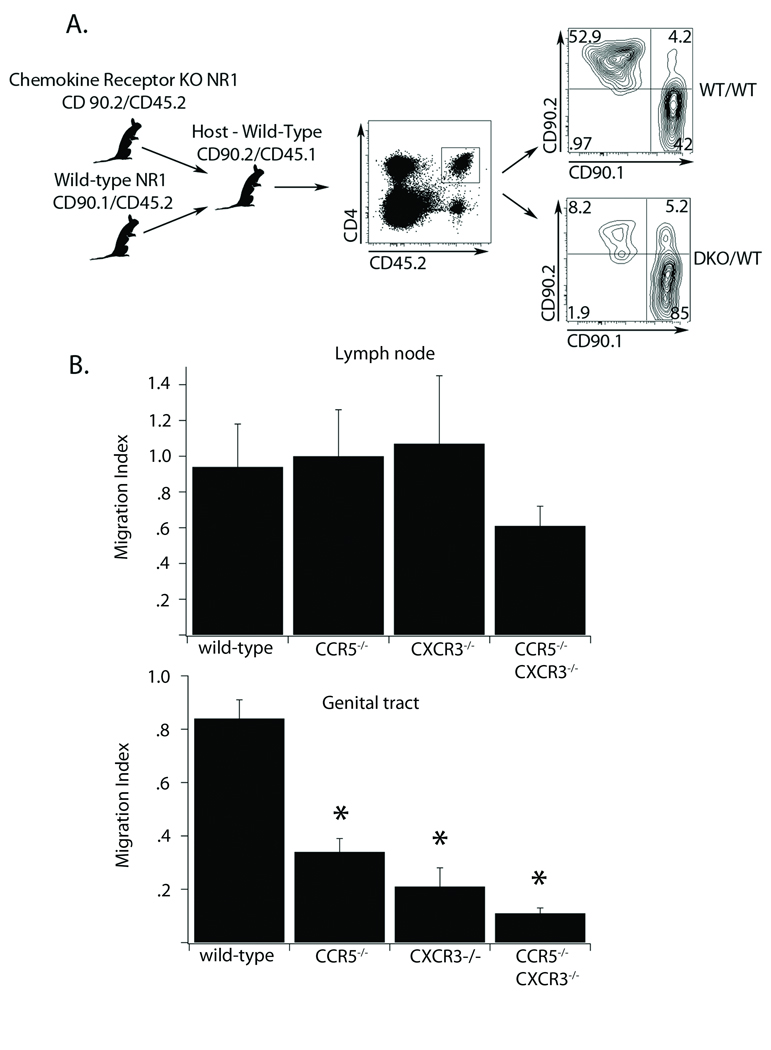Figure 5. Chemokine receptor-deficient Chlamydia specific CD4+ T cells are unable to compete with wild-type cells in homing to the genital tract.
A) A schematic of the competitive homing assay is shown. Equal numbers of antigen specific CD4+ T cells from CD45.2/CD90.1 wild type mice and CD45.2/CD90.2 wild-type, CXCR3−/−, CCR5−/−, or CXCR3−/− CCR5−/− mice were transferred into CD45.1/CD90.2 host mice. The following day mice were infected in the genital tract with C. trachomatis. Seven days after infection tissues were harvested and prepared for flow cytometry. The strategy for gating is illustrated. We first gated CD4 and CD45.2 positive cells. Then we compared the percent of the gated cells that were CD90.1 or CD90.2 positive. Shown is a representative plot comparing the homing to the genital tract between the wild-type:wild-type cell mix and CXCR3−/−CCR5−/−:wild-type mix. Shown is one representative of four independent experiments. B) We calculated a migration index for each cell mix using the percent of CD90.2/CD90.1 positive cells present in the draining lymph node (top) and the percent of the CD90.2/CD90.1 positive cells in the genital tract (bottom). Error bars represent standard deviation and *=p<0.05

